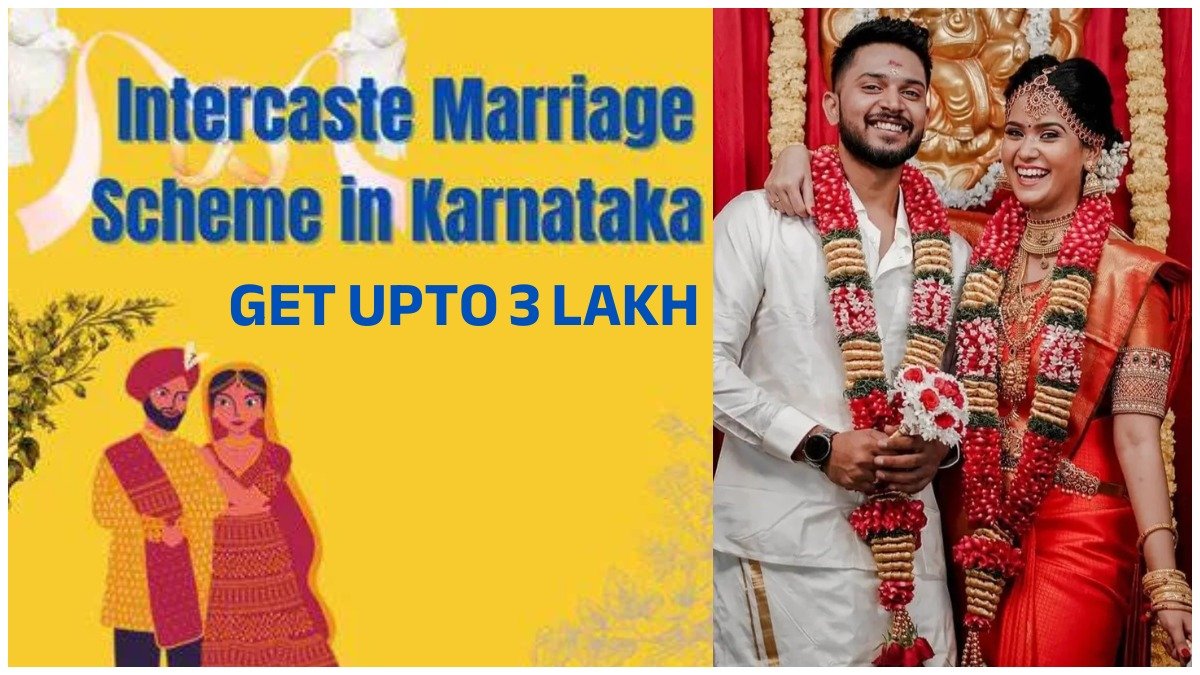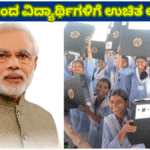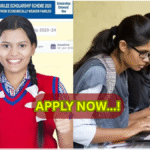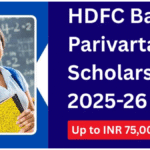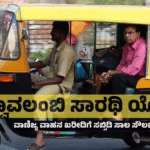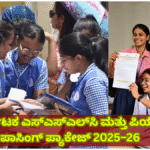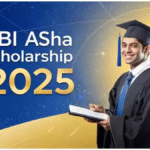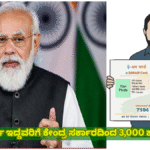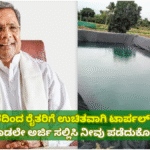Background – Caste System and Social Barriers**
India’s caste structure, existing for over 2,000 years, has historically divided communities into fixed social ranks. Despite constitutional safeguards and legal reforms, caste-based discrimination still affects many aspects of life—particularly marriage choices. Articles 15 and 17 of the Constitution prohibit caste-based discrimination and untouchability.
Dr B. R. Ambedkar, the architect of the Constitution—himself in an inter‑caste marriage—was a strong advocate for equality. Yet, even today, couples marrying across caste lines frequently face family disapproval, social boycott, or even violent backlash, especially in rural and conservative regions.
2. Central Government Programme – Dr. B R Ambedkar Inter‑Caste Marriage Scheme
2.1 Objective and Launch
This flagship programme of the *Ministry of Social Justice & Empowerment, implemented through the **Dr Ambedkar Foundation, supports marriages where one spouse belongs to a Scheduled Caste. Its aim is to *promote social integration and discourage caste prejudice.
2.2 Key Eligibility
- Either husband or wife must be from a Scheduled Caste (SC).
- Marriage should be registered under the Hindu Marriage Act or Special Marriage Act.
- It must be the first marriage, except in cases of widowhood or divorce.
- Both partners must be Indian citizens and the marriage must be voluntary and legal.
2.3 Financial Support
- ₹ 2.5 lakh is provided as a one‑time incentive.
- Disbursement is usually split – *50 % as direct transfer, and *50 % as fixed deposit released after a few years.
- An additional ₹ 25,000 is given to district authorities for conducting felicitation events.
- The scheme supports around 500 marriages per state per year, depending on the SC population share.
2.4 Implementation
- Cost is shared 50 % each by the Centre and the State, while Union Territories get full central funding.
- Applications are processed by district social welfare offices, which handle verification and fund transfer.
3. State‑Specific Schemes (Highlights for 2025)
3.1 Karnataka
- SC inter‑caste marriage assistance:
- ₹ 2.5 lakh for an SC groom marrying a non‑SC Hindu woman.
- ₹ 3 lakh for an SC bride marrying a non‑SC Hindu man.
- Family income must be ₹ 5 lakh or below.
- Application window – within 1 year of marriage.
- ST variant: Offers similar incentives (₹ 2.5–3 lakh) with a 1.5‑year application period.
3.2 Maharashtra
- Couples where one spouse is SC/ST/Denotified/Nomadic Tribe/SBC get ₹ 50,000 total, shared equally by State and Centre.
- Recently, the state introduced standard operating procedures (SOPs) for protecting such couples—helplines, FIR priority, and safe‑house facilities in every district.
3.3 Tamil Nadu
- Under the Dr Muthulakshmi Reddy Scheme, couples receive:
- ₹ 25,000 in cash + ₹ 10,000 in NSC + an 8 g gold coin (bride educated up to 10th).
- ₹ 50,000 in cash + NSC + gold coin (for degree/diploma holder brides).
- There is no income ceiling, but the bride must have passed at least class 10.
3.4 Uttar Pradesh
- Mukhyamantri Samuhik Vivah Yojana provides ₹ 1 lakh per couple (₹ 60,000 to bride, ₹ 25,000 for gifts, ₹ 15,000 for wedding expenses).
- From FY 2025‑26, the income limit is ₹ 3 lakh per year, and biometric Aadhaar verification becomes mandatory.
3.5 Bihar, Haryana & Others
- Bihar gives ₹ 1–2.5 lakh via the SC/ST Welfare portal.
- Haryana offers ₹ 1.01 lakh (₹ 51,000 upfront, ₹ 50,000 after a year), requiring application within 12 months of marriage.
4. How to Apply
Required Documents
- Aadhaar of both partners
- SC/ST caste certificate of one spouse
- Income and residence proof
- Marriage registration certificate
- Joint bank account details
- Passport‑size photos
- Affidavit confirming voluntary marriage
Additional in Tamil Nadu: class 10 mark sheet and higher‑education proof.
Application Modes
- Online: Through central or state portals (socialjustice.nic.in, respective state welfare websites).
- Offline: Submit application and documents to the district social welfare office for verification and approval.
Most states require applications within 12–18 months of marriage.
5. Benefits Beyond Money
- Financial Support: Couples get ₹ 50,000 – ₹ 3 lakh to start independent lives or small businesses.
- Social Recognition: Public felicitation events signal state approval of caste‑neutral marriages.
- Legal Protection: Some states like Maharashtra provide helpline support, safe houses, and fast‑tracked FIRs for threatened couples.
- Additional Opportunities: Priority for government housing schemes, skill training, and other welfare benefits in certain states.
6. Key Challenges
- Lack of Awareness: Many couples, especially in rural areas, remain unaware of these incentives.
- Administrative Delays: Field verification and fund approvals often take months.
- Eligibility Restrictions: Income caps, requirement of first marriage, and religious limitations reduce coverage.
- Safety Concerns: Couples may still face harassment or violence from family and community.
7. Success Stories
- Reshma & Mahesh (Karnataka): Received ₹ 3 lakh and started a tailoring business despite opposition.
- Priya & Rakesh (Tamil Nadu): Used ₹ 50,000 plus gold coin benefits to open a tuition centre.
- Ravi & Kavita (Maharashtra): Used ₹ 50,000 incentive to secure a PMAY house and live independently.
8. NGO and Legal Aid
Groups like *Love Commandos, **Human Rights Law Network, and *Nazdeek provide legal help, counselling, and shelter for couples facing threats. Courts have also intervened to protect such couples in high‑risk situations.
9. Trends and Data
Approximate figures for the central scheme:
| Year | Marriages Aided | Funds Disbursed (₹ Cr) |
|---|---|---|
| 2021 | ~4,300 | 107.5 |
| 2022 | ~5,100 | 127.5 |
| 2023 | ~6,000 | 150 |
| 2024 | ~6,800 | 170 |
10. What’s Next (2025–26)
- Fully digital application system with real‑time tracking.
- Stronger awareness campaigns through schools, colleges, and social media.
- Wider eligibility, possibly including SC‑OBC and ST‑OBC couples.
- Integration with livelihood schemes, linking marriage incentives to skill development and job support.
11. FAQs
- Minimum age? Bride 18 years, groom 21 years.
- Application period? Usually within 12 months (18 months for some ST schemes).
- Are widows/divorcees eligible? Yes, if it is their first inter‑caste marriage.
- Are NRIs eligible? No, only Indian citizens residing in the state.
- Is income proof mandatory? Yes, for most state schemes with income caps.
12. Useful Portals
| Scheme/State | Portal |
|---|---|
| Central Scheme | socialjustice.nic.in / Dr Ambedkar Portal |
| Karnataka | sw.kar.nic.in / Social Welfare Dept |
| Maharashtra | sjsa.maharashtra.gov.in |
| Tamil Nadu | tn.gov.in / District portals |
| Bihar, UP, Haryana | Respective SC/ST welfare portals |
Conclusion
Government incentive schemes for inter‑caste marriages—ranging from ₹ 50,000 in Tamil Nadu to ₹ 3 lakh in Karnataka—play a vital role in encouraging social equality and empowering marginalized communities. However, awareness gaps, procedural hurdles, and safety concerns remain major challenges.
By expanding eligibility, digitizing processes, linking benefits to livelihood opportunities, and providing better legal protection, these schemes can become a powerful tool for breaking caste barriers and building a more inclusive society.
